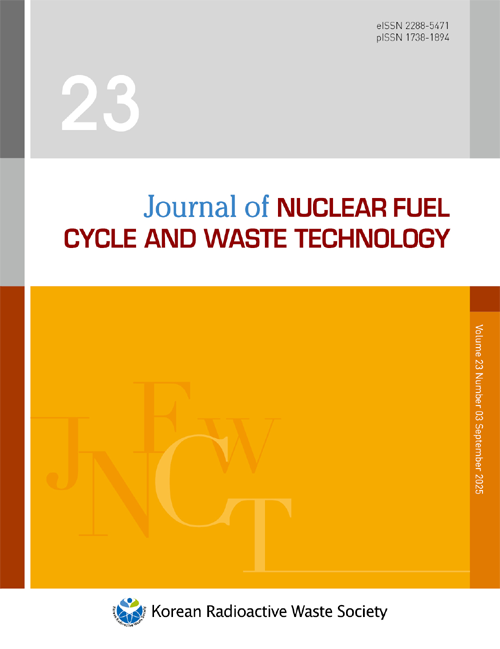This study integrates MCNPX and MATLAB to analyze decay heat and radioactivity evolution in spent nuclear fuel (SNF) over 10¹⁰ seconds. MCNPX models burnup-dependent isotopic inventories, while MATLAB solves Bateman equations for decay analysis. Six phases, defined by dominant isotopes, dictate safety protocols. For decay heat, the short-term phase ( 140La, 239Np, 144Pr) requires active cooling; intermediate (144Pr, 106Rh, 95Nb, 95Zr) permits passive dry cask storage; and long-term (137Cs, 90Sr, 241Am, 241Pu) necessitates geological repositories. Radioactivity evolves through three phases: immediate with high gamma emitters (95Nb, 144Ce, 144Pr, 95Zr) demanding shielding; intermediate dominated by 137Cs, 241Pu, 90Sr, risking cask integrity; and long-term radiotoxicity from 137Cs, 90Sr, 241Am, 241Pu, requiring geological confinement. These temporal transitions highlight phase-specific risks: short-term strategies prioritize active cooling and shielding, while long-term solutions focus on multi-barrier isolation. The study provides a roadmap for optimizing cooling systems, shielding designs, and repository architectures to mitigate risks across the SNF lifecycle. By mapping isotopic contributions over time, the framework supports balanced technical-regulatory decisions, enhancing safety from reactor discharge to permanent disposal.



